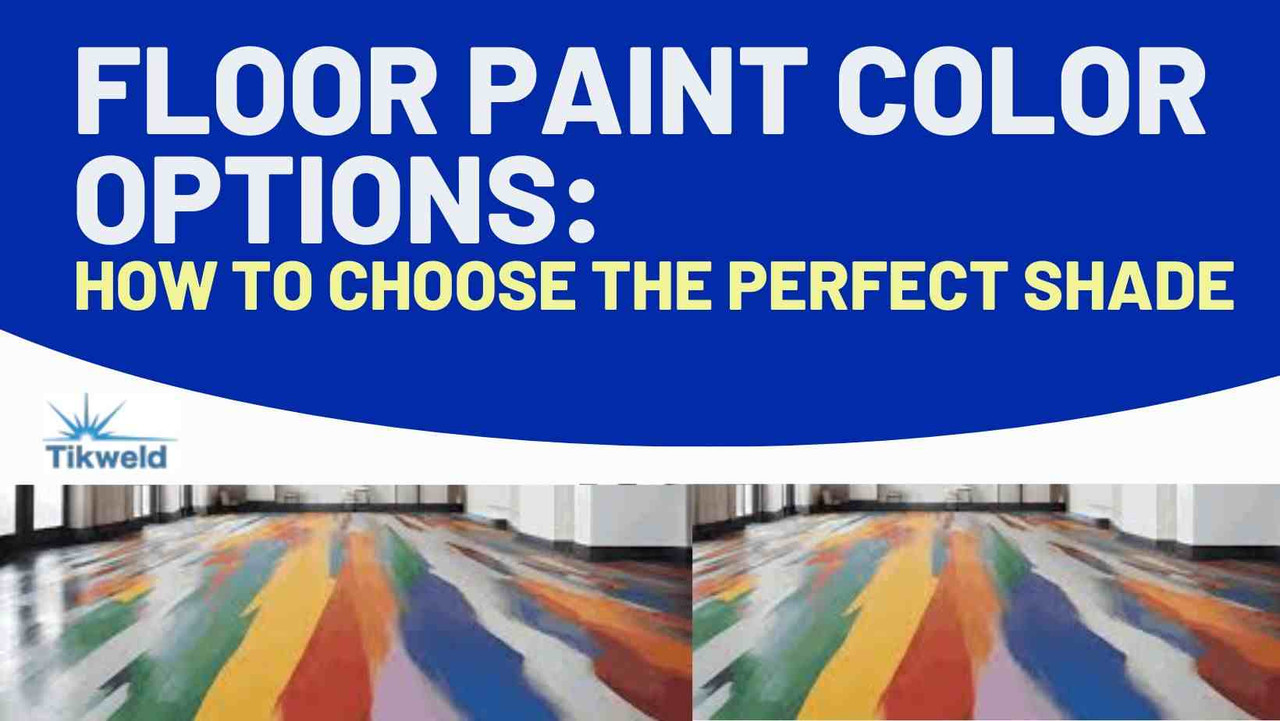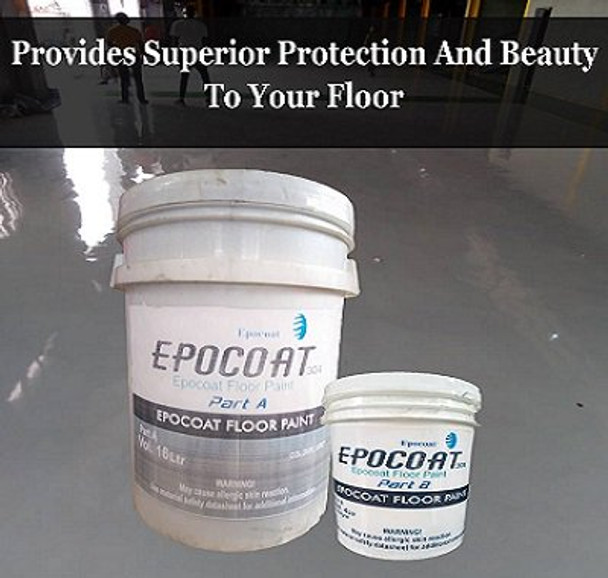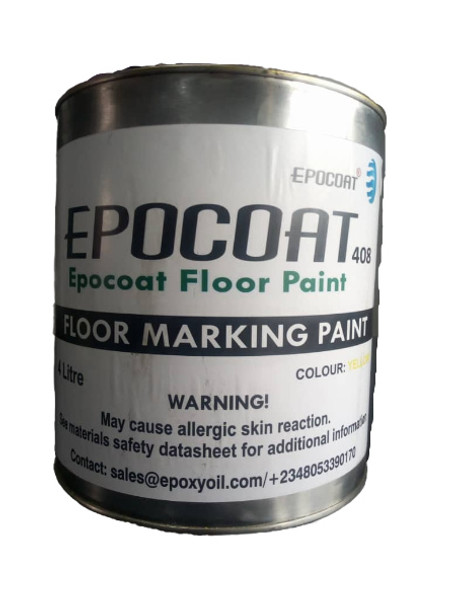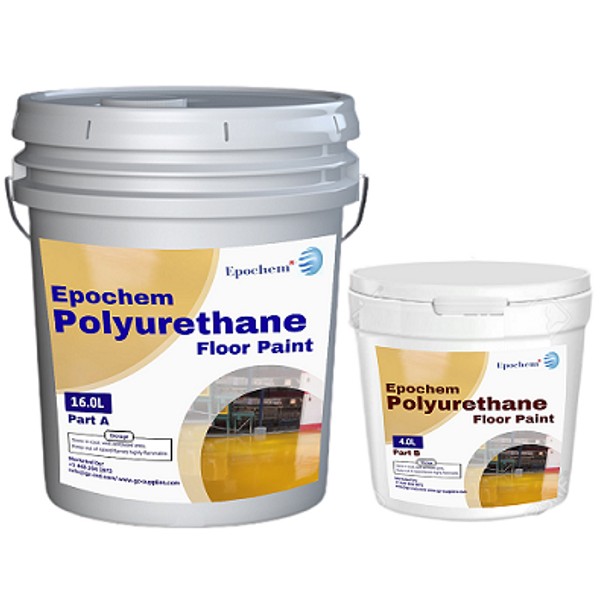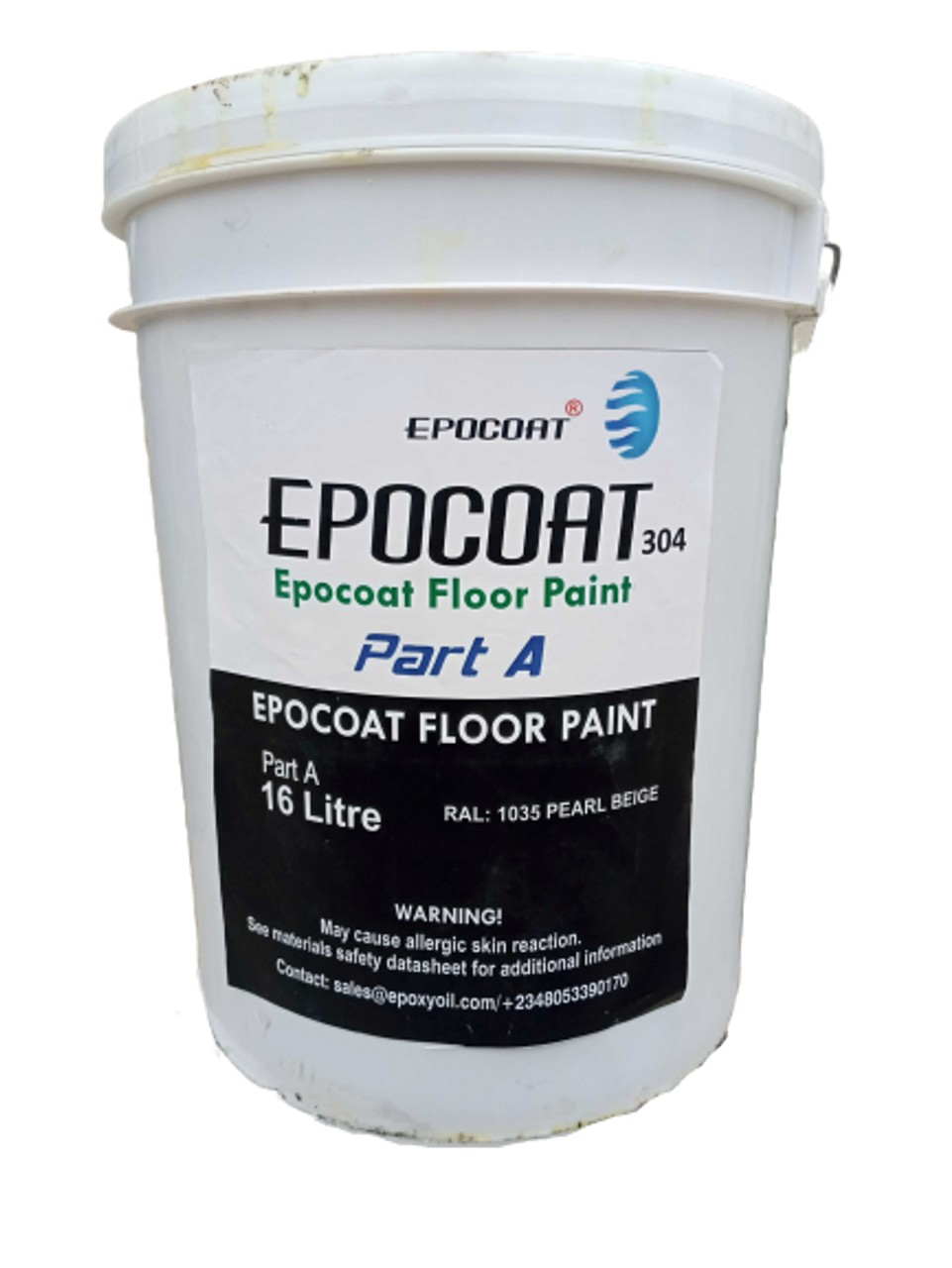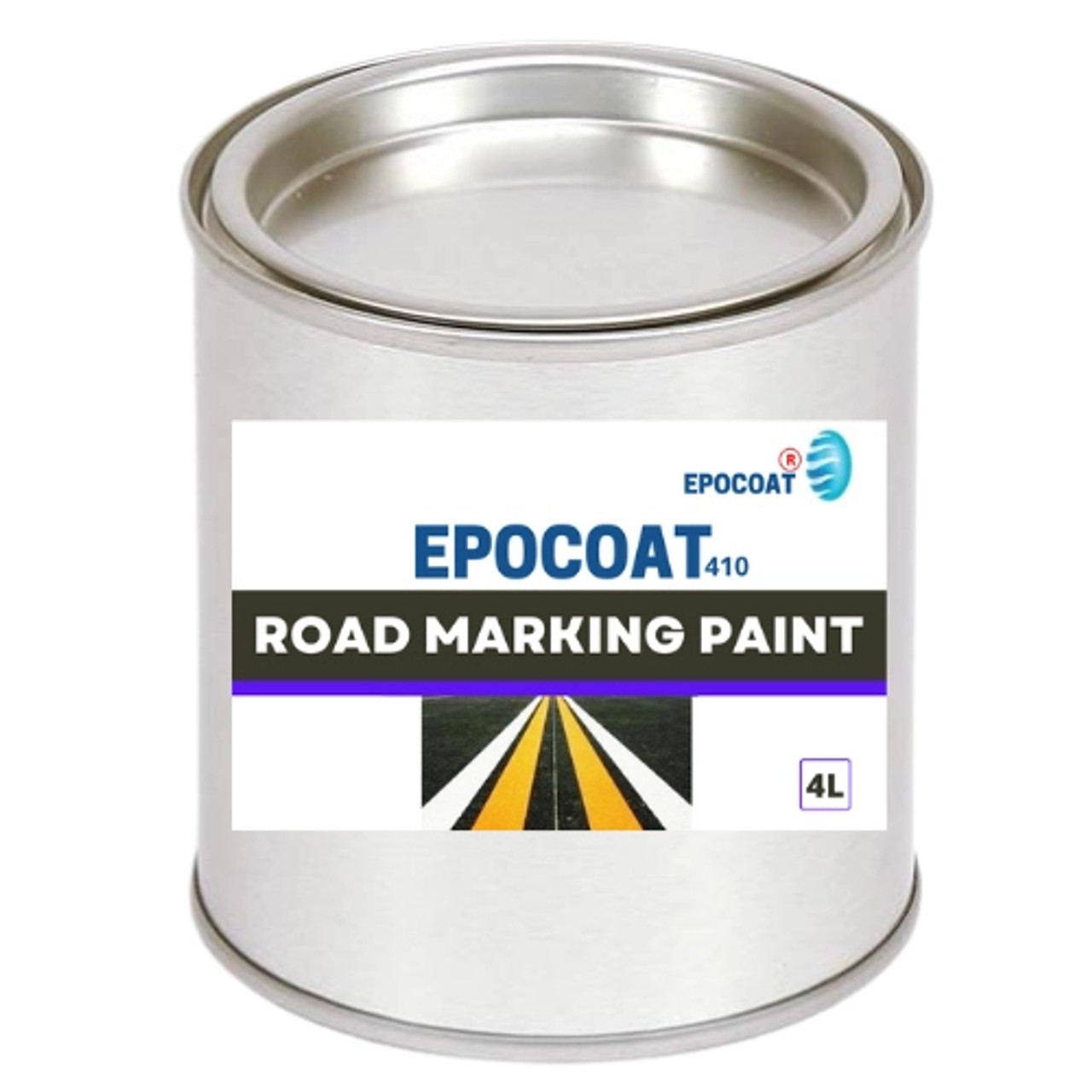Floor Paint Color Options: How to Choose the Perfect Shade
When it comes to refreshing your home's interior, don't overlook the transformative power of floor paint. Choosing the right color for your floors can dramatically alter the ambiance of a room, making it feel larger, cozier, or more vibrant. As you embark on this design journey, you will discover a vast array of options, from subtle neutrals to bold statement hues. The key lies in selecting a shade that not only complements your existing décor but also aligns with your lifestyle and the room's purpose. We will guide you on how to navigate the world of floor paint colors and make an informed decision that will elevate your space for a long time.
Factors to Consider When Choosing Floor Paint Colors
When selecting floor paint colors for your space, several key factors should guide your decision-making process. Consider the following aspects to ensure you choose a shade that not only complements your interior but also serves its intended purpose.
Room Size and Lighting
The dimensions of your room and its natural light exposure play crucial roles in color selection. Lighter hues can make small spaces appear more expansive, while darker tones may create a cozy atmosphere in larger areas. Evaluate the amount of natural light your room receives throughout the day. Rooms with ample sunlight can accommodate a wider range of colors, whereas dimly lit spaces may benefit from brighter shades to enhance visibility.
Existing Décor and Color Scheme
Your floor color should harmonize with your existing décor and overall color scheme. Take inventory of your furniture, wall colors, and accessories. Choose a floor paint that either complements or provides a pleasing contrast to these elements. Consider using color wheels or consulting with design professionals to find colors that work well together.
Functionality and Maintenance
The intended use of the space will influence your color choice. High-traffic areas may benefit from darker shades that hide dirt and wear more effectively. However, lighter colors can make it easier to spot spills or debris, which is advantageous in kitchens or workshops. Additionally, consider the ease of maintenance for different colors – some may show scuffs or require more frequent touch-ups than others.
Mood and Atmosphere
Colors have a profound impact on mood and perception. Cool tones like blues and greens can create a calm, serene environment, while warm hues such as reds and oranges may evoke energy and excitement. Reflect on the atmosphere you wish to cultivate in each room and select colors accordingly.
By carefully weighing these factors, you will be better equipped to choose floor paint colors that enhance your space's aesthetics, functionality, and overall ambiance.
Popular Floor Paint Color Trends
When selecting floor paint colors, it's essential to stay informed about current trends. Understanding popular choices can help you make a decision that's both stylish and timeless. Here are some of the most sought-after floor paint color trends to consider for your space.
Neutral Tones
Neutral colors continue to dominate floor paint trends. You'll find that shades of gray, beige, and greige (a combination of gray and beige) are particularly popular. These versatile hues provide a clean, sophisticated backdrop for any room. Consider opting for a warm gray or a soft taupe to create a cozy yet modern atmosphere.
Bold Statements
While neutrals reign supreme, there's also a growing trend towards making bold statements with floor color. You might explore deep, rich hues like navy blue, forest green, or even burgundy for a dramatic effect. These colors can add depth and character to your space, especially in areas like home offices or entertainment rooms.
Natural-Inspired Shades
Colors inspired by nature are gaining traction in floor paint trends. You'll notice an increase in earthy tones such as sage green, terracotta, and warm browns. These colors can help create a calming, organic feel in your home, perfect for those seeking a connection to the outdoors.
Metallic Accents
For a touch of luxury, consider incorporating metallic accents into your floor paint. You'll find that subtle gold, silver, or copper tones can add a sophisticated shimmer to concrete or wood floors. These accents work particularly well in entryways or as borders in larger rooms.
Remember, while trends can provide inspiration, it's crucial to choose a color that complements your overall design aesthetic and meets your practical needs. Always test your chosen color in your space before committing to ensure it achieves the desired effect.
 Epochem Polyurethane Floor Paint
Epochem Polyurethane Floor Paint
Floor Paint Finish Options: Glossy, Satin, Matte
When selecting floor paint, the finish you choose can dramatically impact the overall look and feel of your space. Understanding the characteristics of glossy, satin, and matte finishes will help you make an informed decision that aligns with your aesthetic preferences and practical needs.
Glossy Finish
A glossy finish offers a high-shine, reflective surface that can make your floors appear sleek and modern. This option is ideal if you want to create a statement or add brightness to a room. Glossy floors are:
- Highly durable and resistant to wear
- Easy to clean and maintain
- Excellent at highlighting the floor's texture and color
However, keep in mind that glossy finishes tend to show imperfections more readily and can be slippery when wet.
Satin Finish
Satin finishes strike a balance between glossy and matte, providing a subtle sheen that's neither too reflective nor too flat. This versatile option works well in various settings and offers:
- A smooth, pearl-like appearance
- Good durability and resistance to scratches
- Easier maintenance compared to high-gloss finishes
Satin finishes are particularly suitable for high-traffic areas, as they hide minor imperfections better than glossy options while still maintaining a polished look.
Matte Finish
If you're aiming for a more understated, sophisticated appearance, a matte finish might be your best choice. Matte floors have a low-luster, non-reflective surface that:
- Conceals imperfections and scratches effectively
- Creates a cozy, intimate atmosphere
- Reduces glare and provides a non-slippery surface
While matte finishes may require more frequent cleaning to maintain their appearance, they offer a timeless elegance that complements both traditional and contemporary interiors.
When selecting your floor paint finish, consider factors such as the room's purpose, lighting conditions, and your maintenance preferences. By weighing the pros and cons of each option, you'll be able to choose a finish that enhances your space and meets your practical needs.
 EPOCHEM 304/404 Epoxy Floor Sealers
EPOCHEM 304/404 Epoxy Floor Sealers
DIY Tips for Painting Your Floors
Painting your floors can be a rewarding DIY project that transforms your space. Follow these tips to ensure a successful outcome.
Preparation is Key
Before you begin, thoroughly clean the floor surface. Remove all dirt, dust, and debris using a vacuum and damp mop. For wooden floors, sand the surface lightly to create a smooth base for the paint to adhere to. Fill any cracks or holes with wood filler and allow it to dry completely. Tape off baseboards and any areas you don't want to paint.
Choose the Right Paint
Select a paint specifically designed for floors. These paints are more durable and resistant to foot traffic. Consider using a primer before applying the main color, especially if you're making a drastic color change or painting over a dark surface.
Application Techniques
Apply the paint in thin, even coats using a roller for large areas and a brush for edges and corners. Work in small sections, maintaining a wet edge to avoid visible lines. Allow each coat to dry completely before applying the next one. Most floor paints require at least two coats for optimal coverage and durability.
Finishing Touches
After the final coat has dried, consider applying a clear sealer for added protection. This will help your newly painted floor withstand daily wear and tear. Allow the paint to cure fully before walking on it or replacing furniture. This process can take up to a week, depending on the paint type and environmental conditions.
Remember, proper ventilation is crucial throughout the painting process. Open windows and use fans to circulate air, which will help the paint dry faster and reduce fumes. With patience and attention to detail, you can achieve a professional-looking painted floor that will enhance your home's aesthetic appeal.
 Epocoat 410 Road Marking Paint
Epocoat 410 Road Marking Paint
Frequently Asked Questions About Floor Paints
How long does Floor Paint typically last?
The longevity of floor paint depends on several factors, including the quality of the paint, surface preparation, and amount of foot traffic. In residential settings, a well-applied floor paint can last anywhere from 3 to 5 years before showing signs of wear. However, in high-traffic commercial areas, you may need to repaint more frequently, possibly every 1 to 2 years. To maximize durability, always choose a paint specifically designed for floors and follow the manufacturer's application instructions carefully.
Can I paint over existing Floor Paint?
Yes, you can paint over existing floor paint, but proper preparation is crucial. Start by thoroughly cleaning the surface and removing any loose or peeling paint. Sand the existing paint to create a slightly rough surface for better adhesion. If the old paint is in good condition, you may only need to apply a primer before the new coat. However, if the old paint is severely damaged or incompatible with the new paint, it's best to strip it completely before repainting.
What's the difference between Floor Paint and regular wall paint?
Floor paint is specifically formulated to withstand the unique challenges of horizontal surfaces. It's more durable, resistant to foot traffic, and often contains additives to improve slip resistance. Regular wall paint lacks these properties and will quickly wear off if used on floors. Floor paint also tends to have a harder finish and better adhesion to concrete and wood surfaces. While it may be tempting to use leftover wall paint on your floor, investing in proper floor paint will yield much better and longer-lasting results.
Conclusion
As you embark on your floor painting project, remember that choosing the perfect shade is a balance of personal style and practical considerations. Take time to assess your space, lighting, and existing décor before making a final decision. Don't hesitate to experiment with samples and seek inspiration from various sources.
Whether you opt for a bold statement color or a subtle neutral tone, your newly painted floor has the power to transform your entire space. By following the guidelines outlined in this article and trusting your instincts, you will be well-equipped to select a floor paint color that not only meets your needs but also exceeds your expectations.
If you require further clarification regarding floor paint color options, please feel free to contact us. We are here to always help!
Related Articles:
The Pros and Cons of Using Water-Based vs. Oil-Based Floor Paint
The Best Floor Paint for High-Traffic Areas

